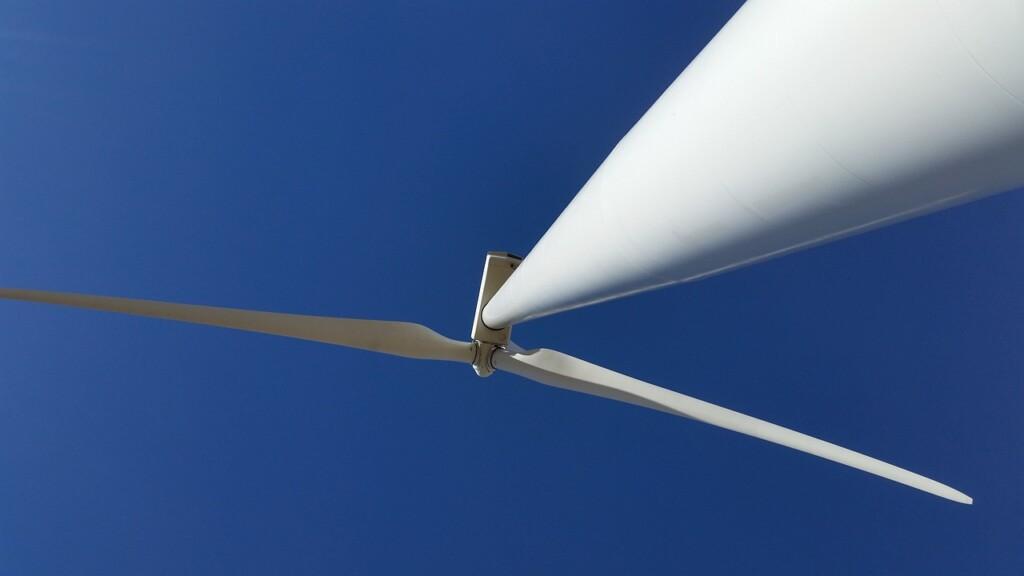Energy Sector
The Journey Towards Renewable Energy and Climate-Friendly Solutions Continues
One of the goals set in the Government Programme issued in June 2023 by the new Finnish government appointed in the spring of 2023 is that Finland will become a leader in clean energy and climate footprint.
As it currently stands, the vast majority of Finnish renewables projects are still hydro power and onshore wind projects. According to statistics provided by Finnish Wind Power Association, wind power production increased by 25% in 2023 compared to the previous year and covered 18.2% of the electricity consumed in Finland, making it the third biggest technology after nuclear (which saw an increase in 2023 when the Olkiluoto 3 reactor was taken into commercial use) and hydro power.
The share of renewable energy in energy production will, according to the Government Program, be further increased, and actions will be taken towards phasing out the use of fossil fuels in heat and electricity production by the 2030s at the latest. Finland will take actions to further develop the conditions for wind power, e.g. by streamlining permitting procedures and ensuring that the wind power potential will be utilised in various parts of Finland. Based on investment decisions made to date for new projects, onshore wind power is expected to become the leading technology in terms of production volume before 2030.
According to the Government Programme 2023, the hydrogen economy will be a key tool for bringing about the energy transition in industry and utilising the opportunities offered by the green transition. Finland aims to account for 10% of the EU’s clean hydrogen production and for at least the same percentage of hydrogen use. Promoting hydrogen economy will be an important part of the new Climate and Energy Strategy, which will focus on the transformation of industry. The Government will improve Finland’s competitiveness in hydrogen economy investments through comprehensive measures in cooperation with business and industry.
Whereas the second Q&A on the EU Delegated Acts on Renewable Hydrogen shedding light on the details of the regulation is expected in the near future and the national work to implement the Delegated Act is pending, the first industrial scale renewable hydrogen project is under construction and there are several significant hydrogen projects planned to be commissioned within the next few years in the pipeline, which will require funding. Based on the current regulation, the common view, seems to be that a significant amount of offshore wind projects will need to be constructed in order to be able to reach the targets for Finnish renewable hydrogen projects and the Government has stated that it will set an ambitious target for offshore wind capacity in 2035 and create a competitive advantage for Finland in relation to other Baltic Sea countries.
In 2023, the Finnish Government adopted a resolution to launch the tendering procedure for five offshore wind projects on territorial water areas. Subsequently, a competitive tendering procedure for the first two projects, located off Närpiö, and off Pyhäjoki and Raahe, respectively, were launched. The total planned capacity of said projects is 3,000 MW. Once completed, the projects are estimated to produce up to 14 TWh of electricity annually, being more than 17% of Finland’s electricity consumption. The details regarding the remaining three projects, located off Siikajoki, Hailuoto and Kristiinankaupunkti, respectively, are expected to be announced in 2024.
The year 2023 saw an increased interest in the Finnish Exclusive Economic Zone (EEZ), and several new applications for permits relating to offshore wind projects in the EEZ were submitted and are currently pending. The relevant ministry has recently appointed a working group to prepare new legislation relating to the development, construction and operation of offshore wind farms within the EEZ area. The ministry’s plan is to amend regulation so that it will better reflect the special characteristics of offshore wind power. The new act is expected to regulate i.a. issues relating to allocation of areas to developers and the permitting requirements and process relating to offshore projects in the EEZ area. The consultation round relating to the legislation is expected to start in Q2 2024 and the aim of the working group is to submit the legislative proposal to Parliament in the autumn. The new act is expected to come into force in January 2025 at the earliest.
The development of the solar PV sector continued to accelerate in 2023 and this trend is expected to continue in 2024; an increasing number of larger projects are currently being planned on former industrial sites and forest-based areas, where projects are often developed as hybrid projects in connection with wind projects. With respect to solar energy, the new Government Program provides that Finland will promote solar energy investments on suitable sites as one way of balancing the temporal fluctuations in renewable electricity production. Solar power stations will be built in the built environment, areas released from peat production and wastelands, with the aim of avoiding significant use of fields and forest land for solar power production.
The increase in electricity production from onshore wind projects has also raised questions regarding the need to develop reserve and balancing power projects, and the number of BESS projects is increasing steadily. It is also clear from the new Government Program that the Government’s intention is to promote opportunities to build small modular reactors (nuclear). The Government will also promote pumped-storage hydropower projects. The intention of the Government is to conduct a study to create a cost-effective capacity mechanism (e.g. an auction) that will ensure a sufficient amount of available electricity at all times. Incentives will be created for weather-dependent electricity production to participate in the capacity mechanism, or other measures will be taken to secure the necessary regulating power.
Mining Sector
According to the reports on the Finnish mining industry published by the Ministry of Employment and the Economy and the Finnish Mining Authority (Tukes) in 2023, in 2022 the metal ore, carbonate rock, industrial rock and industrial mineral mining (in total 49.6 million tons) reported from 43 mines increased by 3.5% from 2021. A total of 33.2 million tonnes of metal ore (e.g., gold, chrome, copper, nickel, zinc, cobalt and silver) was extracted from nine metallic mineral mines. The total extraction of mines (119.4 million tons) increased by 3.4% from 2021. The total investments into Finnish mines (€304M) decreased by 2% from 2021. Interest towards battery minerals (cobalt, nickel, lithium and graphite) as well as for gold continued which appears in activity and investments in exploration. Companies’ investments in ore exploration in Finland (€80.4M) increased by 17.4% from 2021.
The Finnish Government elected in April 2023 has recorded in its Government Programme that a new mineral strategy will be drawn up during the Government’s term of office (intended to be completed after the summer of 2024). The mineral strategy will examine the current state and national goals of the Finnish mineral sector and the safeguarding of industrial raw material supply.
EU’s critical raw materials act (“CRMA”) which is yet subject to final endorsement by the Council aims to strengthen the EU’s capacities along the different stages of the value chain (extraction, processing and recycling) of the identified critical raw materials and improving the Union’s self-sufficiency in them. The CRMA is expected to have a positive impact on mining and processing projects since projects concerning e.g., production and processing of critical raw materials identified as “strategic projects” would be eligible for streamlined permitting process and easier access to financing. Some provisions also aim to speed up the permit granting process for critical raw material projects.
Reform of the Finnish Mining Act with the aim to improve the level of environmental protection and ensure the operating conditions of mines, while also improving local opportunities for local input (for example from municipalities and landowners) took effect on 1 June 2023. Changes to the Mining Act include, inter alia, changes to the validity period of reservation and reservation fees, changes to prerequisites to extend the validity of an exploration permit and changes to the prerequisites for the award of a mining permit as well as stricter regulations on mining collaterals and changes to regulations regarding the closing of a mine.
The new Mined Mineral Tax Act which took effect on 1 January 2024 is applied to mining of the minerals referred in the Mining Act, except minerals found in gold panning. The holder of the mining permit is liable to pay the mining tax. Obligation to pay the mining tax arises for metallic minerals (Ag, Co, Cr, Au, Cu, Li, Ni, Pd, Pt, Zn, Pb, U) at the time when the mining mineral is delivered for enrichment and for other mining mineral at the time of extraction. Tax for metal ore is 0.6 percent of the taxable value of the ore. The Tax Administration will confirm the taxable values annually based on arithmetic mean of the previous years international prices using sources such as LME Monthly Overview and S&P Capital IQ. Tax for other mining minerals would be €0.20 per ton.
The article is also published on the HPP firm pages in Chambers and Partners


